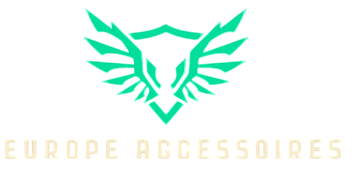Attracting qualified visitors begins with the structure behind your content. Smart keyword alignment can guide both users and search engines more efficiently. With strong mapping and architecture, platforms like e commerce seo Toronto can create a frictionless path from discovery to conversion. Success lies in combining strategy with clarity at every level.
Building A Clear Foundation
Structuring your keyword architecture from the start ensures long-term visibility. Organized targeting supports cleaner navigation and better rankings.
- Group related terms under core themes
- Match content to real user intent
- Avoid overlapping or duplicated targets
- Design pathways from broad to specific
- Align architecture with product hierarchy
The clearer the map, the easier users find content. When categories follow logic and flow, engagement naturally increases.

Aligning Content To Search
Every piece of content should serve a search function. Connecting content to questions and intent is essential for discoverability.
- Research terms by search behavior
- Focus on long-tail for relevance
- Use modifiers to capture buying signals
- Place terms naturally in high-value areas
- Audit content gaps regularly
Relevant content improves user trust and time spent on site. Optimized alignment drives both credibility and traffic.
Strategic Mapping Boosts Performance
Keyword distribution across categories must reflect real-world logic. In e commerce seo Toronto, structured mapping brings targeted visibility to every product group.
- Group items by user-centric categories
- Assign top keywords by intent level
- Use synonyms to capture broader reach
- Minimize cannibalization between pages
- Map URL slugs for semantic relevance
When categories reflect how people actually search, navigation improves and rankings follow. Mapping strategy turns search data into results.
Architecture That Scales With Growth
As product lines expand, structure must adapt. A scalable keyword system keeps everything aligned while expanding reach.
- Design templates for future categories
- Plan subcategories with clarity in mind
- Use breadcrumbs for better internal linking
- Keep naming conventions consistent
- Refresh outdated content based on trends
Scalable structures reduce technical debt. Future-proofed design maintains SEO value even as the catalog grows.
What If My Keywords Compete?
Can keyword overlap hurt rankings?
Yes. Pages targeting similar terms can compete with each other. Avoid internal rivalry by assigning unique keyword sets per page.
Visibility That Drives Authority
Authority doesn’t come from one page but from a well-structured network. With proper keyword and category mapping, each page reinforces the others. Over time, the structure becomes more than navigational—it becomes influential. Traffic builds steadily, rankings stabilize, and users begin to rely on the experience as a trusted source.


